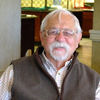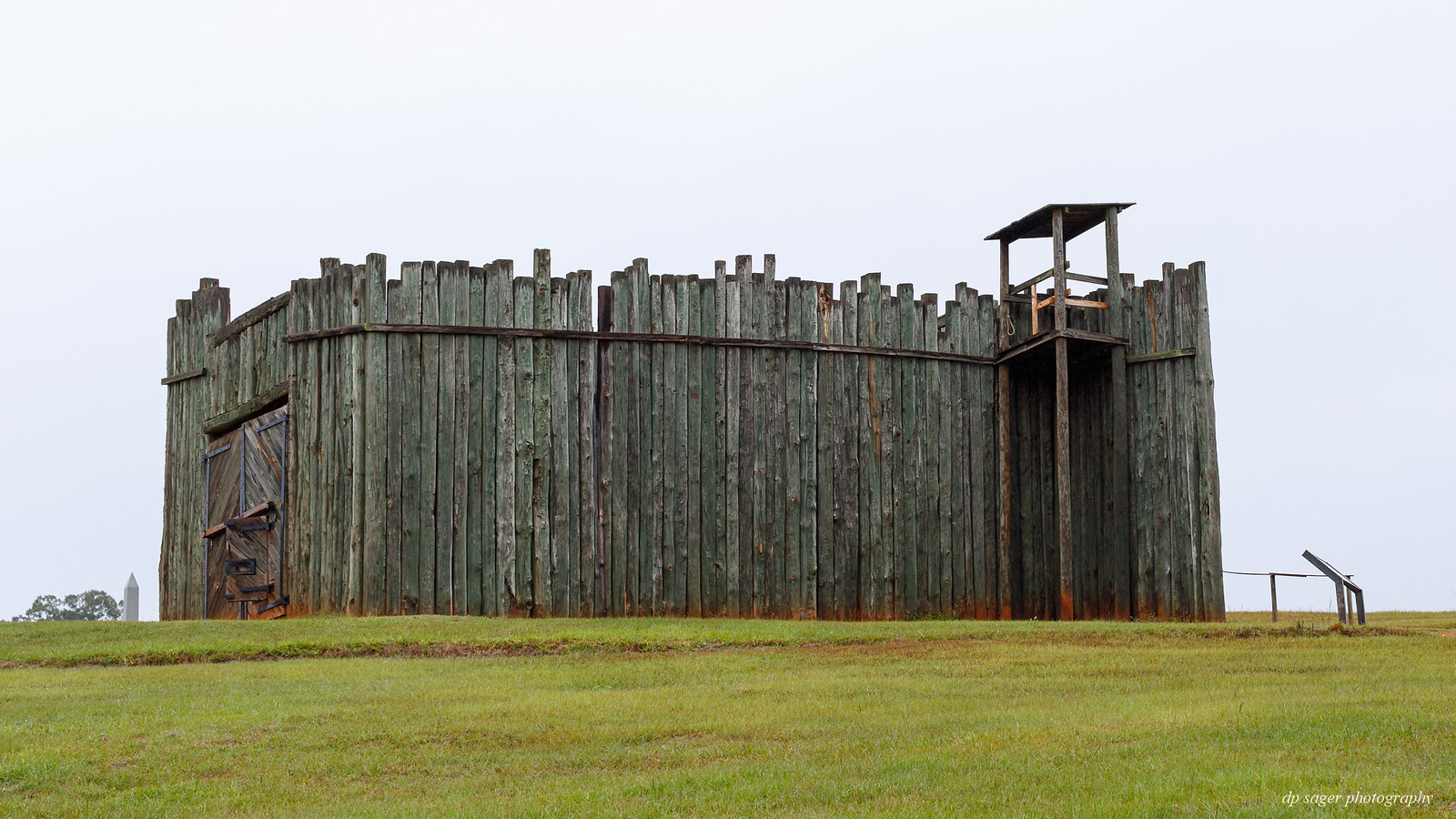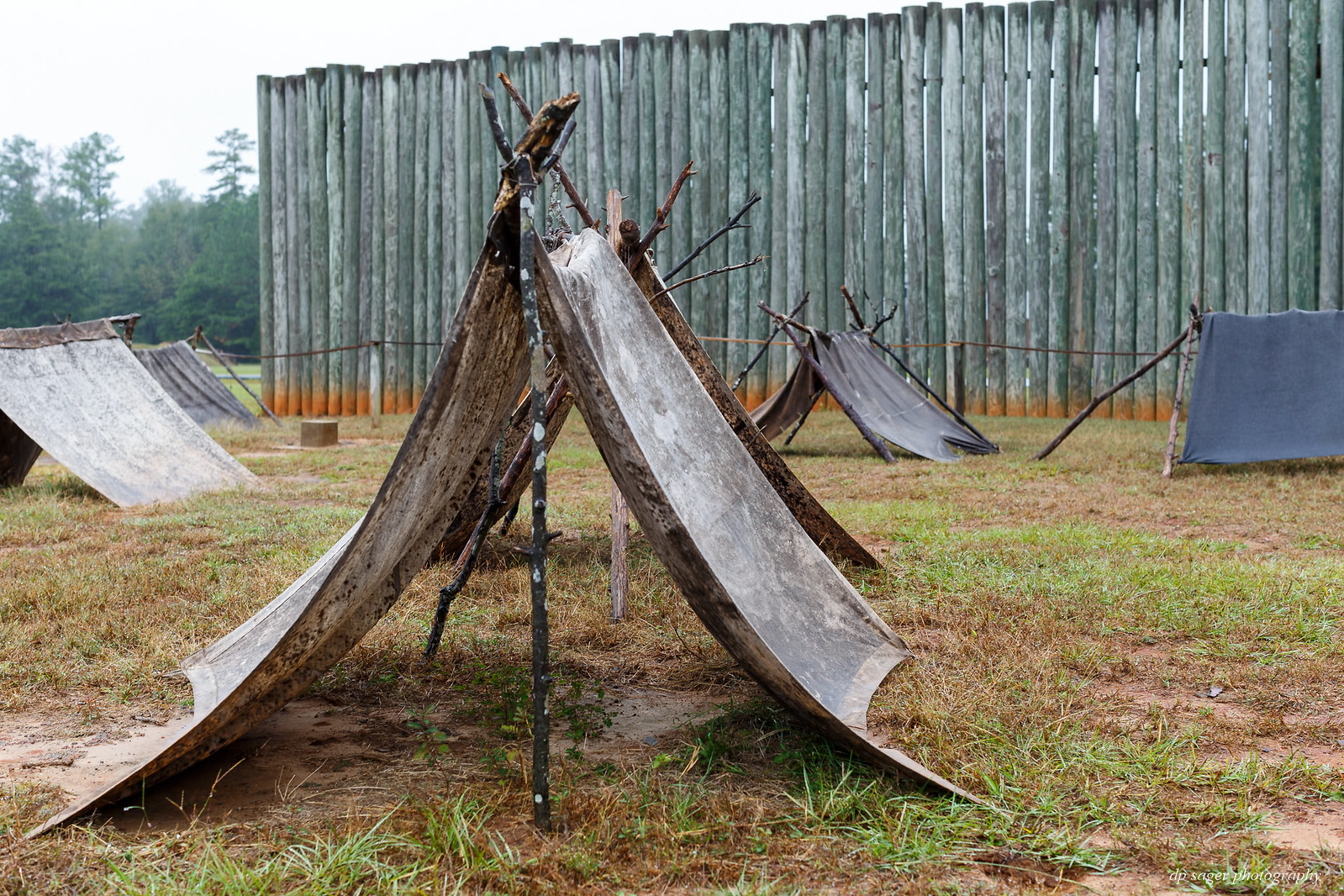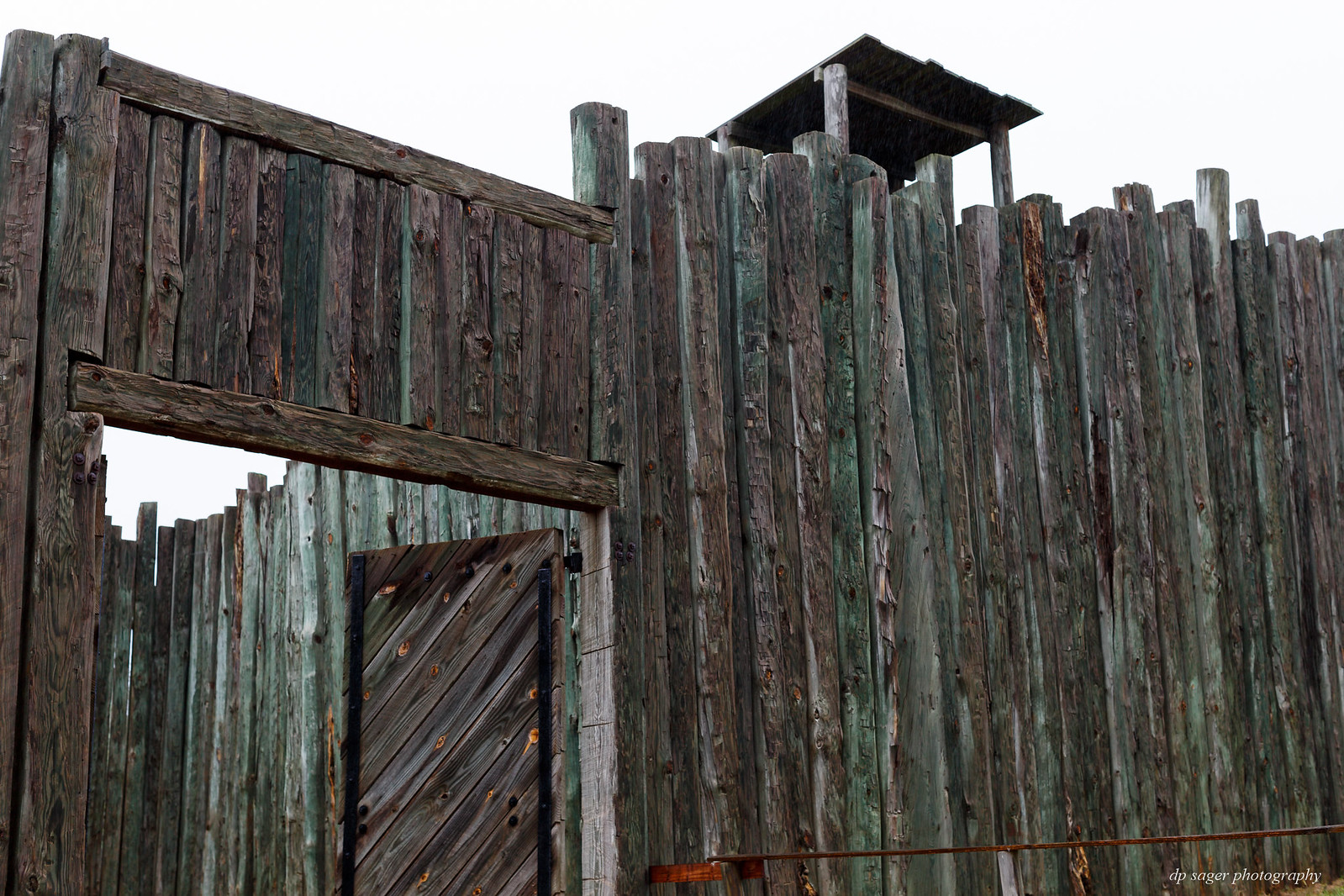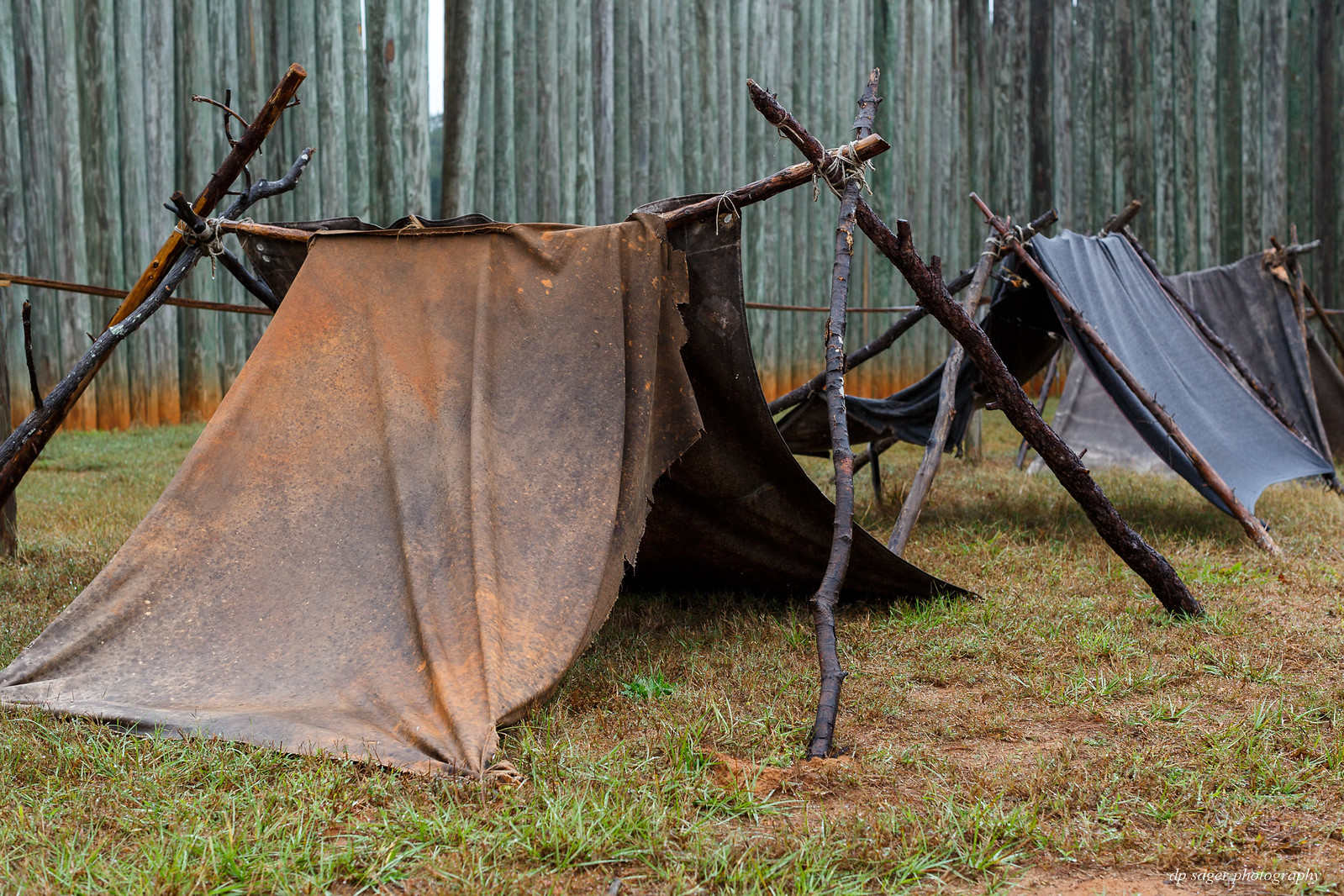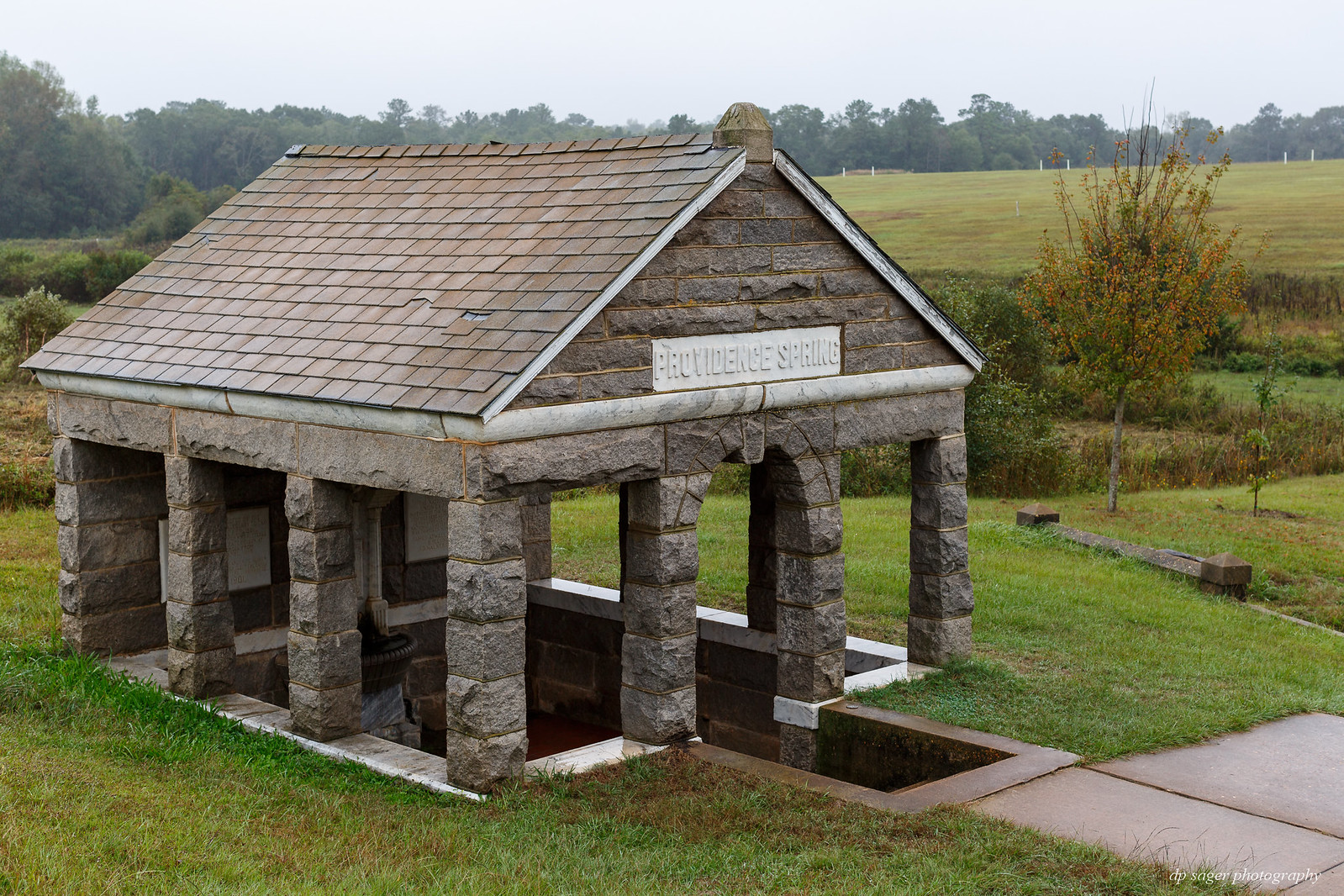Andersonville Civil War Prison
May 15, 2019 10:33:15 #
Thank you Jack, Greg, Marty, SueScott, guardineer, crafterwantabe, FASTIN, Stan, williejoha, Bruce! It actually was my sister's and brother-in-law's involvement in re-enacting that developed my own interest in the Civil War. That interest was broadened by my grandfather's death and burial in Arlington National Cemetery and learning the history of the cemetery. I was aware Andersonville as a horror, but not to what extent. Similar horrors existed in both the North and South, including Rock Island here in Illinois, mentioned in Gone With The Wind.
May 15, 2019 10:47:04 #
CHG_CANON wrote:
Thank you BlueMorel! You might be interested in Andersonville: The Last Depot by Willam Marvel. I read this narrative of the prison telling the stories several individuals from their enlistment through (mostly) death at the prison. Your ancestor's story sounds like the stories in the book and of the nearly ever 45,000 that spent time there.
Thank you 😟😟😟
May 15, 2019 10:52:00 #
Papaofnine
Loc: Green Bay, WI
Thanks CHG CANON for the tremendous pictures and coverage of the Andersonville prison. My wife and I visted this some years back and were deeply impressed by it's story.
I copied your account of Providence Spring: "The sudden appearance of the spring at the western wall of the stockade in August 1864 was a treasured memory, and life-saver, of many Union survivors of the prison. By the 1880s, visiting the site of the spring was an important Memorial Day tradition."
The reason it was named "Providence Spring" was because the water suddenly sprung up out of the ground in direct answer to a group of soldier prisoners crying out to God in sincere, earnest prayer, as their fellow soldiers were dying around them from lack of water. It was providentially supplied, a miracle that saved many lives.
I copied your account of Providence Spring: "The sudden appearance of the spring at the western wall of the stockade in August 1864 was a treasured memory, and life-saver, of many Union survivors of the prison. By the 1880s, visiting the site of the spring was an important Memorial Day tradition."
The reason it was named "Providence Spring" was because the water suddenly sprung up out of the ground in direct answer to a group of soldier prisoners crying out to God in sincere, earnest prayer, as their fellow soldiers were dying around them from lack of water. It was providentially supplied, a miracle that saved many lives.
May 15, 2019 11:13:35 #
Great history lesson. Thank you for sharing the information and the photos.
May 15, 2019 11:21:32 #
OUTSTANDING! This is the best photo-essay I've seen on UHH. It's wonderful.
Six years ago, my adult daughter and I decided to make a tradition of annual visits to Civil War sites. So far we've seen Antietam, Harper's Ferry, Gettysburg, Petersburg, and John Brown's Homestead and Burial Site. I think this may be our Andersonville year. Thank you for doing such a great job.
Six years ago, my adult daughter and I decided to make a tradition of annual visits to Civil War sites. So far we've seen Antietam, Harper's Ferry, Gettysburg, Petersburg, and John Brown's Homestead and Burial Site. I think this may be our Andersonville year. Thank you for doing such a great job.
May 15, 2019 11:30:56 #
Thanks for sharing this well shot and informative post Paul. 

May 15, 2019 11:47:45 #
May 15, 2019 12:28:10 #
May 15, 2019 13:22:08 #
wdcarrier
Loc: Eureka, California
Wonderful images and history lesson. It does our citizenry good to be reminded that our history is not always something to beat our chests over.
May 15, 2019 13:57:27 #
Very nice documentary and photographs, Paul.
--Bob
--Bob
CHG_CANON wrote:
Both the North and the South were completely unpre... (show quote)
May 15, 2019 14:40:47 #
May 15, 2019 16:26:19 #
jpgto
Loc: North East Tennessee
Awesome photos and narrative that goes along with them. Thanks for posting.
May 15, 2019 19:18:37 #
Great set of photos and historical notes. I took a course in college in 1963 called "History of the South" - which I'm sure would not be offered today, and one of the books we read was "Andersonville" by MacKinley Kantor which was published in 1955. He includes a quote by R. Randolph Stevenson, formerly a surgeon in the Army of the Confederate States of America. It reads as follows:
"The future historian who shall undertake to write an unbiased story of the War Between the States will be compelled to weigh in the scales of justice all its parts and features; and if the revolting crimes...have indeed been committed, the perpetrators must be held accountable. Be they of the South or of the North they can not escape history."
"The future historian who shall undertake to write an unbiased story of the War Between the States will be compelled to weigh in the scales of justice all its parts and features; and if the revolting crimes...have indeed been committed, the perpetrators must be held accountable. Be they of the South or of the North they can not escape history."
May 15, 2019 20:23:17 #
CHG_CANON wrote:
Both the North and the South were completely unpre... (show quote)
very nice and interesting series of Andersonville...I enjoyed it!

May 15, 2019 21:11:26 #
If you want to reply, then register here. Registration is free and your account is created instantly, so you can post right away.


